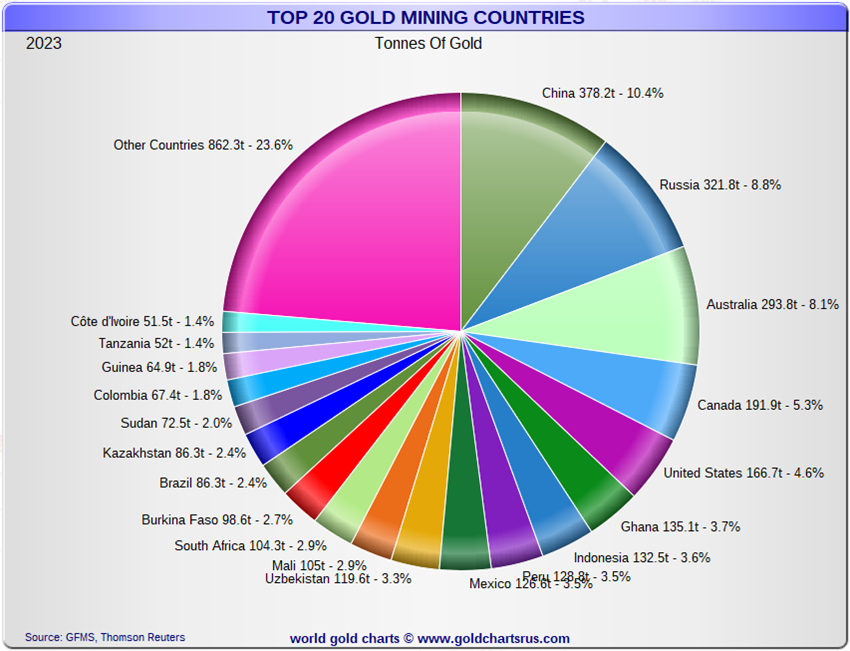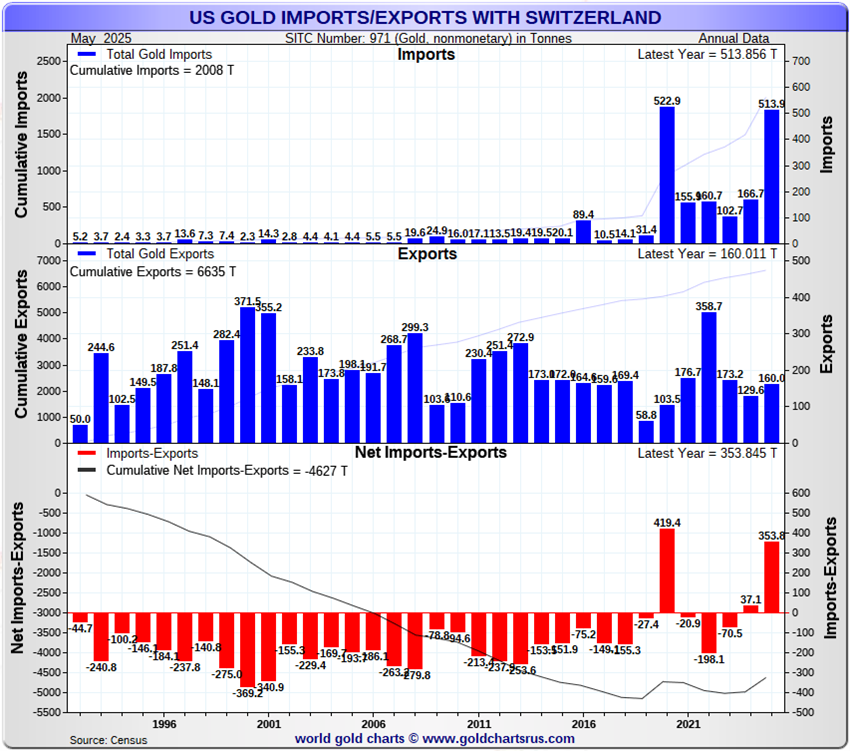What is Money?
A chapter of our 2021 #IGWT report – by guest author @Breedlove22 – explores this question.
This thread gives you a flavor of what to expect from Robert's masterfully written chapter, which you can read in full here: bit.ly/3fpQEeT
#IGWT21
A chapter of our 2021 #IGWT report – by guest author @Breedlove22 – explores this question.
This thread gives you a flavor of what to expect from Robert's masterfully written chapter, which you can read in full here: bit.ly/3fpQEeT
#IGWT21

1/ Money is first and foremost a medium of exchange.
Humans can produce more through cooperation than in isolation, and money serves as humanity’s connective tissue, facilitating universal exchange.
The functionality of free markets is only possible with money.
Humans can produce more through cooperation than in isolation, and money serves as humanity’s connective tissue, facilitating universal exchange.
The functionality of free markets is only possible with money.

2/ Money is also the most marketable good.
The demand for every economic good is split between utility and marketability.
The greater the marketability of a good, the more “moneyness” it exhibits by being more exchangeable or liquid in the marketplace.
The demand for every economic good is split between utility and marketability.
The greater the marketability of a good, the more “moneyness” it exhibits by being more exchangeable or liquid in the marketplace.

3/ As the instrument commanding maximal marketability, money serves as a device for moving value across spacetime.
It can be traded for any other good, giving market actors the widest possible choice across the diversity of skills, knowledge, and capital commanded by others.
It can be traded for any other good, giving market actors the widest possible choice across the diversity of skills, knowledge, and capital commanded by others.

4/ This also makes money analogous to energy.
It is only by channeling energy through work that human ideas can be made manifest: Consider how humans turn blueprints into skyscrapers or hand-written constitutions into countries.
It is only by channeling energy through work that human ideas can be made manifest: Consider how humans turn blueprints into skyscrapers or hand-written constitutions into countries.

5/ In modernity, money can be used to buy energy of any sort: thermal, hydro, or nuclear.
It can therefore be thought of as “meta-energy” – the highest form of energy humans can channel – since it represents a claim on all forms of human-harnessed energy.
It can therefore be thought of as “meta-energy” – the highest form of energy humans can channel – since it represents a claim on all forms of human-harnessed energy.

6/ Property is the socially acknowledged, exclusive right of an individual to control and render benefits from a good.
Money is “meta-property” that has potential to lay claim to all other property on the market.
It is a token of territoriality.
Money is “meta-property” that has potential to lay claim to all other property on the market.
It is a token of territoriality.

7/ Finally, money's wide saleability makes it a kind of uncertainty insurance.
No matter the adversity faced by entrepreneurs, money offers the best chance of solving their problems, as it is an instrument that commands the total problem-solving capabilities of others.
No matter the adversity faced by entrepreneurs, money offers the best chance of solving their problems, as it is an instrument that commands the total problem-solving capabilities of others.

Thank you for reading.
To find out more about the significance of the monetary properties listed above, and how they relate to #gold and #Bitcoin, check out @Breedlove22's chapter in our #IGWT21 report via this link: bit.ly/3fpQEeT
@RonStoeferle @MarkValek
To find out more about the significance of the monetary properties listed above, and how they relate to #gold and #Bitcoin, check out @Breedlove22's chapter in our #IGWT21 report via this link: bit.ly/3fpQEeT
@RonStoeferle @MarkValek

• • •
Missing some Tweet in this thread? You can try to
force a refresh















